Building a Set of Business-Strike Two Cent Pieces
Two Cent Pieces were minted from 1864 to 1873. It is easy to complete a set of business strikes. As the 1873 issues were not intended for circulation and are now believed to have all been Proofs, this discussion is limited to Two Cent Pieces dating from 1864 to 1872.

The 1864 Small Motto 2-cent piece is one of the key dates in the series.
Two Cent Pieces were minted from 1864 to 1873. It is easy to complete a set of business strikes. As the 1873 issues were not intended for circulation and are now believed to have all been Proofs, this discussion is limited to Two Cent Pieces dating from 1864 to 1872.
Two Cent Pieces are greater in diameter than five cent nickels. Each Two Cent Piece was specified to be 9/10 of an inch (23 mm) in diameter. Shield nickels were mandated to be 13/16 inch (20.5 mm) and Liberty Head Nickels were specified to be 5/6 inch (21.2 mm) in diameter.
Two Cent Pieces were required to consist of so-called “French Bronze,” 95% copper with the remainder an unspecified combination of tin and zinc. Beginning at some point in 1864, Indian cents were required to be “French Bronze” as well.
In the minds of collectors now and of the general public in the 19th century, Two Cent Pieces were categorized along with Indian cents. Half cents and large cents are thought of as being in a separate category, ‘early coppers.’
Surprisingly, the popularity among collectors of Two Cent Pieces has waned over time. Most collectors of Indian cents ignore them. In my opinion, they are fascinating and are wonderful topics for conversations. If more collectors showed Two Cent Pieces and Three Cent Nickels to friends and houseguests, more people would become interested in collecting classic U.S. coins.
Indeed, most U.S. citizens in the present are unaware that Two Cent Pieces ever existed. Many experienced collectors do not consciously realize that it is easy and inexpensive to build a set.
The 1864 Small Motto and the 1872 are the keys. While they cost much more than the others, they are not expensive in the context of 19th century U.S. coins.
According to the April 2020 issue of the CPG® Coin & Currency Review, the following are collector prices for Two Cent Pieces in G4 grade: 1864 (Regular or “Large” Motto) $15, 1865 $15, 1866 $15, 1867 $15, 1868 $19, 1869 $22, 1870 $32, 1871 $43, and 1872 $358. Except for the two keys, retail prices for Fine grade coins are likely to vary from $20 to $100.
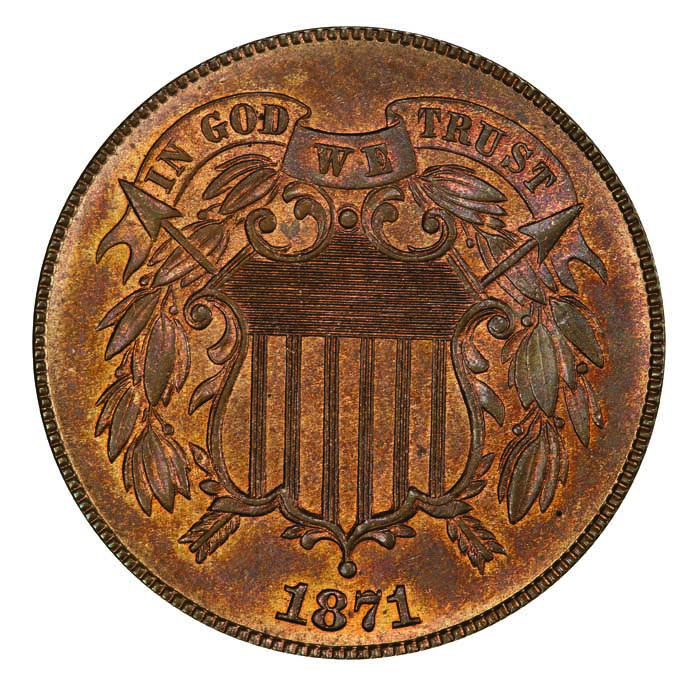
A mint state example of the 1871 2-cent piece with red-brown surfaces.
For Two Cent Pieces that cost more than $250 each, it is usually a good idea to seek coins that have been certified by PCGS or NGC. A sticker of approval from CAC provides additional assurance. Generally, though, it is important to not buy coins blindly and not take certified grades too seriously. The same coin may receive different grades from the same service at different times.
There are reasons to carefully inspect coins. It makes sense to learn about them.
Each buyer should first acquire coins that he or she regards as inexpensive. After spending a small amount of money, carefully examining Two Cent Pieces, and discussing them with experts, a collector may think about acquiring the key dates or higher grade coins that are relatively more expensive. Collecting is a process, and most collectors learn while they are collecting.
There is no collecting formula that is ideal for everyone. I suggest that Extremely Fine (XF) grade Two Cent Pieces are good values, from a logical perspective. A collector of XF grade coins could save money by buying Fine-12 grade representatives of the two keys, the 1872 and the 1864 Small Motto.
Two Cent Pieces are the first U.S. coins to feature the motto, “In God We Trust.” On both Two Cent Pieces and Shield nickels, this motto is prominent on the obverse (front of the coin). Shield nickels were not introduced until 1866. That same year, this motto was added to the respective reverse designs of quarters, half dollars, silver dollars, half eagles ($5 gold coins), eagles ($10 coins) and double eagles ($20).
During the first few months of 1864, a very small number of Proofs and a very small percentage of the eventual total of 1864 business strikes were struck from Small Motto obverse dies. Some researchers regard these pieces as prototypes. The size of the letters is not the only difference. The style and format of the letters are different as well. Small Motto Two Cent Pieces, though, are generally considered to be coins rather than patterns, and have been widely accepted as coins.
Most collectors figure that both an 1864 Small Motto and an 1864 “large” or regular motto are required for a complete set. The 1864 Small Motto is much scarcer.
On December 22, 2019, the firm called GreatCollections sold a PCGS graded AG3 1864 Small Motto Two Cent Piece for $118.12. A Good to VG grade 1864 Small Motto would probably retail in the range of $200 to $300. Many auction results, though, fall around respective wholesale-retail borders. On April 5, 2020, GreatCollections sold a PCGS graded VG8 1864 Small Motto Two Cent Piece for $180.
Reportedly, Heritage sold a PCGS graded XF45 and CAC approved 1864 Small Motto Two Cent Piece for $690 in August 2019 and then the same coin with the same PCGS serial number for $720 in March 2020. In February 2020, Stack’s-Bowers sold a PCGS graded AU50 1864 Small Motto, without a CAC sticker, for $750. In March, Stack’s-Bowers sold a PCGS graded MS63 1864 Small Motto Two Cent Piece for $1,440.
An 1864 Large Motto, the regular size, is much less expensive. In 2017, the Goldbergs auctioned an NGC certified MS65 Red & Brown (RB) coin, with a sticker of approval from CAC, for $441, a fraction of the value of an 1864 Small Motto with the same certification.
On April 14, Heritage sold an NGC graded MS63 1865 with a Red & Brown (RB) designation for $216. On March 31, the same firm sold an 1868 with the same NGC certification for $248.40.
In February 2020, Heritage sold a PCGS graded AU50 1869 for $109. In September 2019, the Goldbergs auctioned a PCGS certified MS64BN 1870, with a CAC sticker, for $408. In March 2020, Heritage sold a PCGS certified MS63BN 1871 for $312.
The 1872 should be one of the last coins acquired to complete a set. Each collector should see how his or her set is developing before pursuing an 1872. A couple of grade increments may indicate a large difference in value.
In February 2020, Heritage sold a PCGS graded VG8 1872 for $324. In November 2019, Stack’s-Bowers sold a PCGS graded VF30 1872 for $528. In January 2020, at a FUN Convention, Heritage auctioned a PCGS certified MS64BN 1872, with a CAC sticker, for $3,720.
Besides the two keys, certified MS65BN Two Cent Pieces are not extremely expensive. The CPG® value estimates for the 1866 is $351, and just $422 for the 1866. The others are well under $1,000 each. Unless a buyer has a good idea as to how to identify original red color, I would advise against paying much of a premium for certified Red & Brown Two Cent Pieces. Many have been cleaned in the past. The Two Cent Pieces designated as full Red (RD) are usually not good values. It is imperative that the collectors who demand those consult experts. Copper and “bronze” coins tend to fade to brown over time, anyway.
Some standard references list overdates or recut dates along with the dates in the series as if such varieties should be included sets ‘by date.’ An overdate or a recut date may have the status of an additional date of a given year if the differences in the numerals are very much apparent without magnification.
This is true of Doubled Dies as well. The 1916/1916 Buffalo nickel and the 1955/1955 Lincoln cent are blatantly apparent doubled dies. The 1918/7-S Standing Liberty quarter is a very much apparent overdate. Among Two Cent Pieces, the listed varieties are subtle, require substantial magnification to interpret and are often ambiguous. Not one of them needs to be included for a set ‘by date’ to be complete.
In the grand scheme of classic U.S. coins, a complete set by date of Two Cent Pieces is not expensive. A collector should start by buying several Two Cent Pieces for amounts that the buyer regards as a small amount of money. Coins can easily be upgraded in the future. Two Cent Pieces are entertaining and collecting them should be fun.
Copyright ©2020 Greg Reynolds

Download the Greysheet app for access to pricing, news, events and your subscriptions.
Subscribe Now.

Subscribe to RQ Red Book Quarterly for the industry's most respected pricing and to read more articles just like this.
Source: Greg Reynolds
Related Stories (powered by Greysheet News)
View all news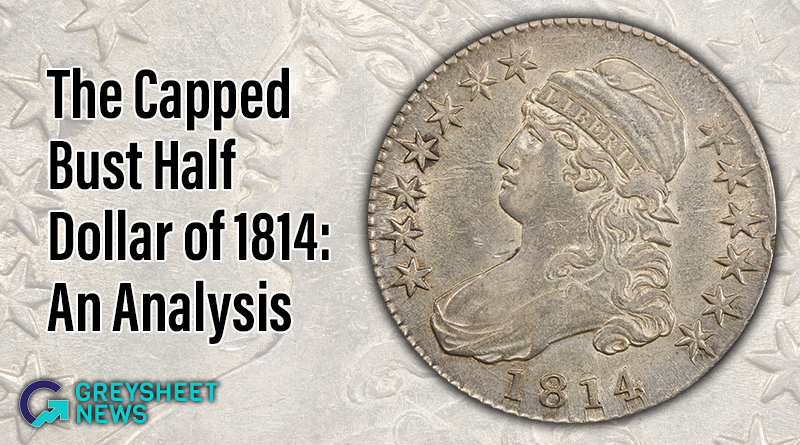
In this article Greg Reynolds analyzes the 1814 Capped Bust Half Dollar.
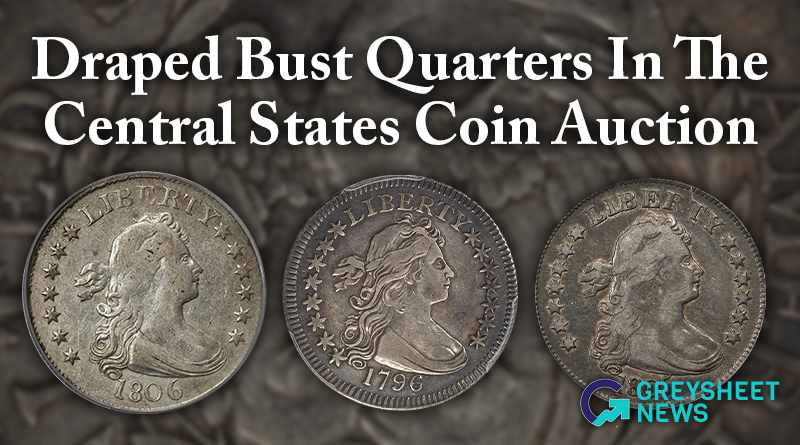
The Lusk set of Draped Bust quarters brought strong results.
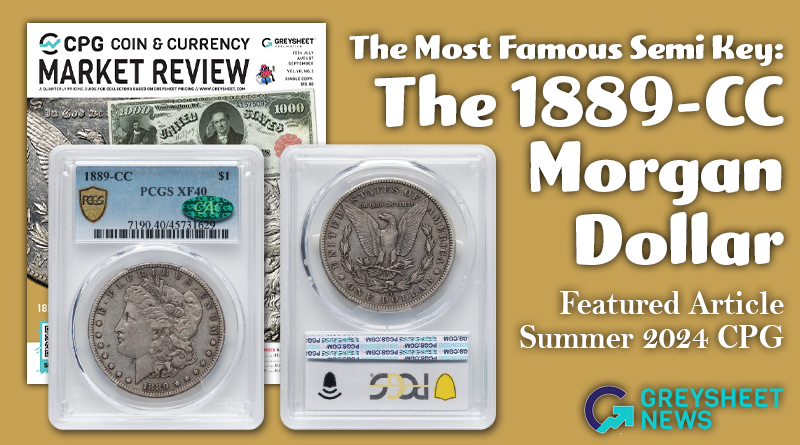
The 1889-CC is the second scarcest business strike in the series.


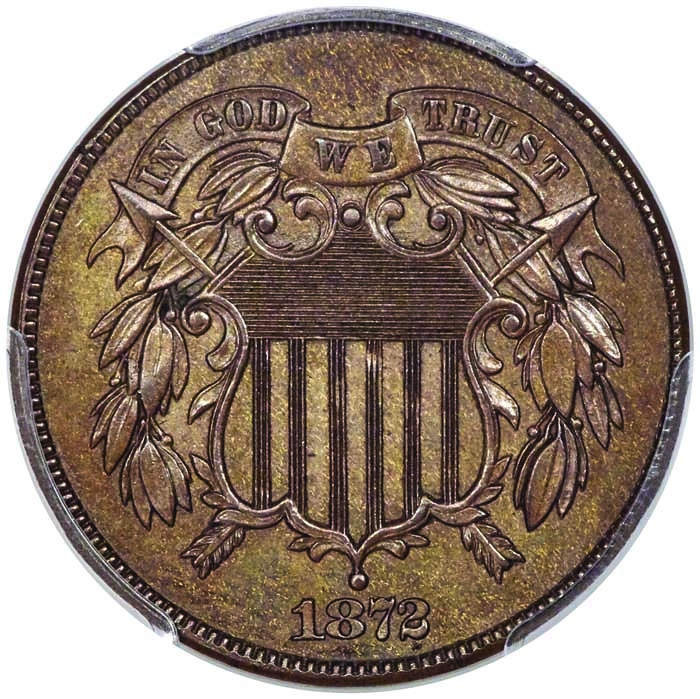






Please sign in or register to leave a comment.
Your identity will be restricted to first name/last initial, or a user ID you create.
Comment
Comments